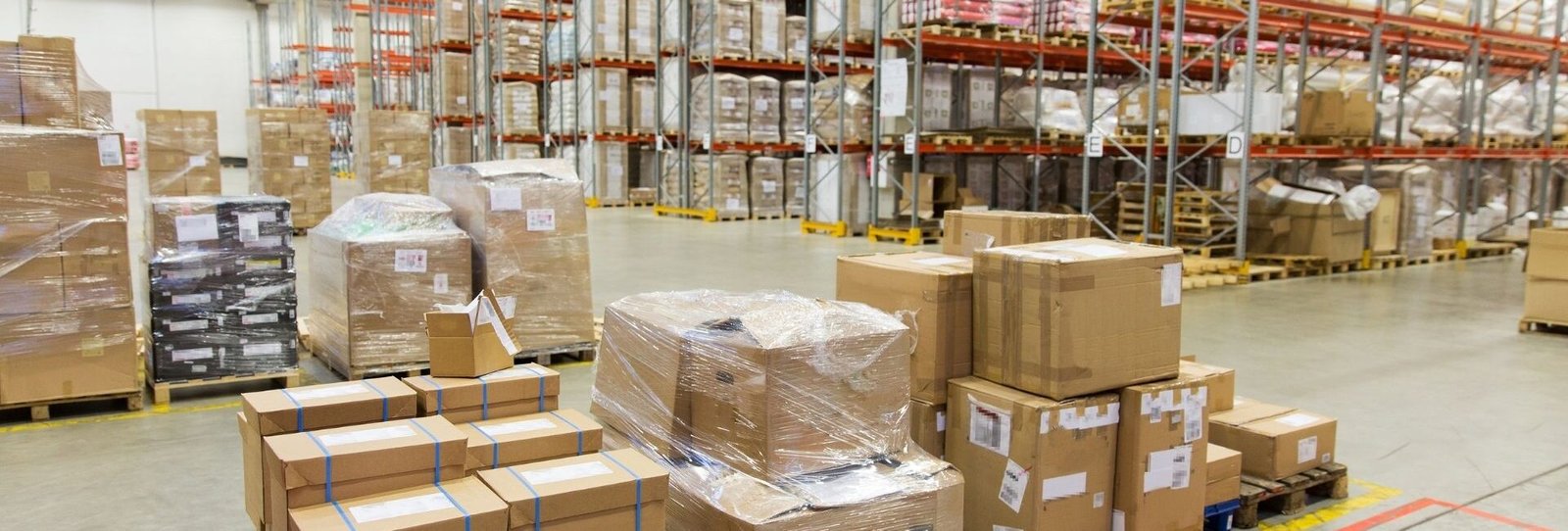
Vietnam is rapidly emerging as one of Southeast Asia’s most dynamic economies, with significant growth in manufacturing, exports, and e-commerce sectors. This economic transformation is fueling an equally impressive expansion in the country’s logistics infrastructure, particularly its warehousing market. As businesses seek to streamline their supply chains and improve delivery efficiency, demand for modern warehousing solutions is soaring.
The Vietnam warehousing market is expected to witness healthy growth, expanding at a robust compound annual growth rate (CAGR) of 11.00% during the forecast period from 2025 to 2034. This strong growth trajectory is driven by several interlinked factors including booming retail and manufacturing sectors, increased foreign direct investment (FDI), government support for infrastructure development, and evolving consumer behavior.
In this blog, we delve into the key segments shaping Vietnam’s warehousing market, explore regional hubs driving growth, examine market dynamics, and highlight the competitive landscape shaping the sector’s future.
Market Segmentation by Type
Understanding the types of warehousing solutions in demand offers insight into the market’s evolving needs.
General Warehousing remains the backbone of the sector, providing essential storage for dry goods, packaged products, and bulk inventory. This segment caters to a wide range of industries such as manufacturing, consumer goods, and fast-moving consumer goods (FMCG). With Vietnam becoming a global manufacturing hub, demand for efficient general warehousing is rising sharply to support inventory management and supply chain operations.
Cold Storage Warehousing is one of the fastest-growing segments within Vietnam’s warehousing market. The country’s prominence in seafood exports, pharmaceuticals, and fresh agricultural produce necessitates temperature-controlled storage solutions. The rising consumption of perishable goods domestically, along with export demands, is propelling investments in cold chain infrastructure. This growth is expected to continue as cold storage facilities become increasingly sophisticated, integrating automation and real-time monitoring.
Other Specialized Warehousing solutions also play a vital role. These include hazardous goods storage, bonded cold storage, and automated warehouse facilities. As supply chains become more complex, these niche warehousing types are critical for industries with stringent regulatory requirements or specialized handling needs.
Market Segmentation by Ownership
Ownership models of warehouses in Vietnam reflect the diversity of demand and regulatory frameworks.
Bonded Warehouses operate under customs supervision and store imported goods pending clearance. These facilities are crucial for import-export businesses and foreign enterprises with complex supply chains, helping reduce customs duties and streamline cross-border trade. Vietnam’s strategic location as a gateway to ASEAN markets strengthens the importance of bonded warehouses.
Non-Bonded Warehouses cater predominantly to domestic storage needs, supporting manufacturing output and distribution channels. The rise of e-commerce and just-in-time delivery models fuels demand for these warehouses, especially in urban centers where proximity to end customers is key.
Other ownership models include public and private warehousing, third-party logistics (3PL) providers, and shared warehousing services. These flexible options provide scalability for businesses of all sizes, helping reduce capital expenditure and optimize supply chain efficiency.
Market Segmentation by End Use
Vietnam’s diverse economy means that warehousing requirements vary significantly across sectors.
Consumer Goods — including FMCG, electronics, and packaged food — constitute the largest end-use segment. The rapid growth of retail chains and online marketplaces increases demand for efficient storage and quick turnover facilities.
Textile and Footwear industries are pivotal to Vietnam’s export economy. Warehousing facilities for these sectors focus on bulk storage, quality control, and timely dispatch to global markets. Efficient warehousing supports the supply chain’s responsiveness and helps Vietnam maintain its competitive edge.
Retail — particularly the rise of omnichannel and e-commerce retail — is revolutionizing warehousing requirements. Urban distribution centers and fulfillment hubs are expanding rapidly to meet the demand for fast delivery and customer satisfaction.
Other sectors such as automotive, healthcare, and industrial goods also contribute to warehousing demand, albeit on a smaller scale but growing steadily as these industries expand.
Regional Analysis
Vietnam’s warehousing infrastructure is concentrated around its major economic and industrial hubs.
Ho Chi Minh City remains the country’s largest warehousing hub, driven by its position as a commercial and manufacturing powerhouse. The city’s ports, connectivity, and industrial parks make it a natural choice for warehousing investments.
Hanoi, the capital, is a vital center for distribution, serving northern Vietnam’s growing industrial base and consumer markets. Its logistics infrastructure is improving rapidly with new highway and rail projects.
Da Nang and other emerging provinces are also gaining prominence as industrial activities decentralize and businesses seek cost-effective locations closer to key transport corridors.
Vietnam’s strategic location in ASEAN enhances its attractiveness for multinational companies aiming to diversify supply chains away from China, further boosting warehousing demand.
Market Dynamics
The Vietnam warehousing market is shaped by several important drivers, challenges, and trends:
Drivers:
The exponential growth of e-commerce, requiring modern fulfillment centers and last-mile delivery hubs.
Expansion of manufacturing exports necessitating large-scale, efficient storage solutions.
Government investments in infrastructure, including ports, highways, and industrial parks that improve logistics efficiency.
Increasing FDI into logistics and industrial real estate sectors.
Challenges:
Difficulty in acquiring suitable land and navigating regulatory hurdles can delay new warehouse projects.
Shortage of skilled labor for warehouse operations and management.
Need for digital transformation and adoption of warehouse management systems (WMS) to improve efficiency.
Trends:
Automation and smart warehousing, including robotics and IoT applications, are gaining momentum.
Cold chain logistics are expanding to support perishable goods industries.
Rising focus on green warehouses with energy-efficient designs to reduce environmental impact.
Competitive Landscape
Vietnam’s warehousing sector features a blend of domestic companies and international players offering comprehensive logistics solutions.
Leading logistics firms and third-party providers are expanding capacity through acquisitions and partnerships. Real estate developers specializing in industrial parks and warehouses are increasingly important market participants, often working with logistics providers to offer turnkey solutions.
The competitive landscape is also marked by innovation as companies invest in automation and advanced supply chain technologies to differentiate themselves.

